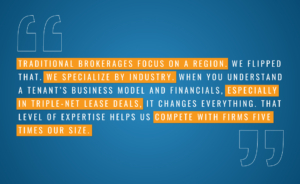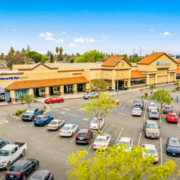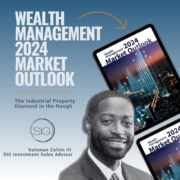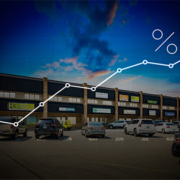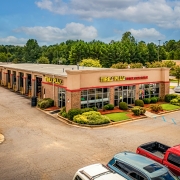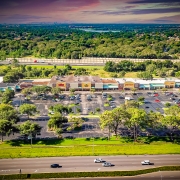More Than Markets: Why Understanding Your Business Leads to Better CRE Investments
In commercial real estate, location has always been a top priority—and for good reason. Knowing the local zoning rules, traffic flow, and what’s being built nearby can greatly impact a property’s value. That’s why many firms have focused on building strong local knowledge, often expanding into new markets by opening regional offices or teaming up with local experts who know the area well.
Over time, we’ve learned that local expertise, while valuable, is not always enough. The tools have evolved, making access to traffic counts, demographics, zoning overlays, and comparative data widely available. What used to be considered “local knowledge” is now often just a few clicks away.
Specialists, Not Generalists
The advisory team at Sands realizes the value and limitations of location data; our focus is on understanding the business behind the building. To truly uncover a tenant’s business health and an asset’s long-term value, we go deeper:
- We lean on internal collaboration between product-type specialists to ensure every opportunity is reviewed by experts who deeply understand the asset class, bringing together a full team to support each investment.
- We zoom-in to zoom-out, asking questions like:
- How does the tenant’s revenue per square foot compare to industry benchmarks?
- What trends in technology and consumer behaviour might impact the business in the next 5 years?
This awareness has led us to build a brokerage model based on deep industry knowledge rather than geographic coverage alone. Instead of creating a network of generalists spread thin across markets, we’ve built deep teams of specialists—brokers who know specific asset types inside and out, from QSR and self-storage to car washes, medical, and more.
Who You Work With Matters
Making the right CRE investment isn’t just about choosing the right market or tenant—it’s about finding the right team to help you make sense of it all. Not every brokerage goes beyond the basics, so here are a few things to look for when choosing who to work with:
- Do they have experience with the kind of property you’re considering—or access to the insights you’ll need to understand it well? Different firms work in different ways, so it’s worth asking how familiar they are with your property type, and whether they can guide you through its specific challenges and opportunities.
- Do they bring in the right expertise when it’s needed? Some firms have dedicated specialists, others may rely on a broader network. What matters is that they’re able to offer well-rounded insight—even if that means tapping into additional voices internally.
- Do they guide you on how to manage or operate the asset after closing? Whether you’re hands-on or hands-off, a good brokerage can help you plan for stability and growth, not just acquisition.
At the end of the day, your investment partner should help you protect and grow your portfolio, so that your real estate decisions serve your long-term goals, your future, and your family. Interested in making SIG your partner? Connect with an advisor today https://signnn.com/meet-the-team/.


